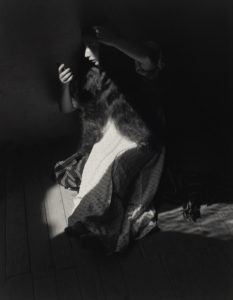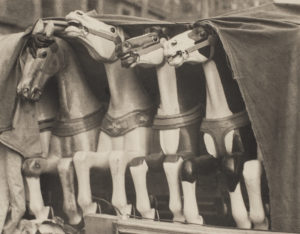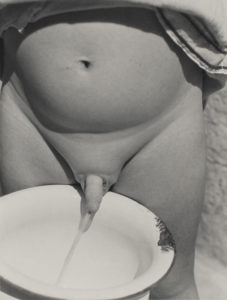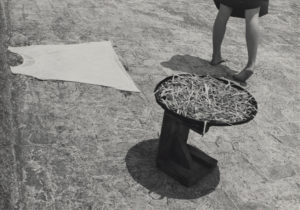Manuel Álvarez Bravo
Mexican, 1902—2002
About
Manuel Álvarez Bravo
Mexican, 1902—2002
Mexican photographer Manuel Álvarez Bravo, regarded as one of the greatest Latin American photographers of the 20th Century, is best known for his iconic dreamlike portrayals of the Mexican working class, as well as for his surreal still lifes. From the late 1920s on, his poetic images captured the complex co-existence of a pre- Columbian past and modern life, with all of its social contradictions and apparent discontinuity. Álvarez Bravo was a self-taught photographer, and his earliest success with the camera came around 1925 when he won first prize at a local photography competition in Oaxaca. At a time when Mexico City was emerging as a center for international artistic and intellectual exchange, Manuel Álvarez Bravo became associated with the international avant-garde movements, including artists like Tina Modotti, Edward Weston, and the surrealists, embracing a desire for modernity while searching for an identity with Mexican roots. He took over Tina Modotti’s job at the magazine Mexican Folkways in 1930, and he worked for muralists Diego Rivera, Jose Clemente Orozco and David Alfaro Siqueiros. During his nearly eighty-year career, Alvarez Bravo had over 150 one-man exhibitions and participated in numerous group shows. In 1997, the Museum of Modern Art, New York organized a major retrospective of his work.




